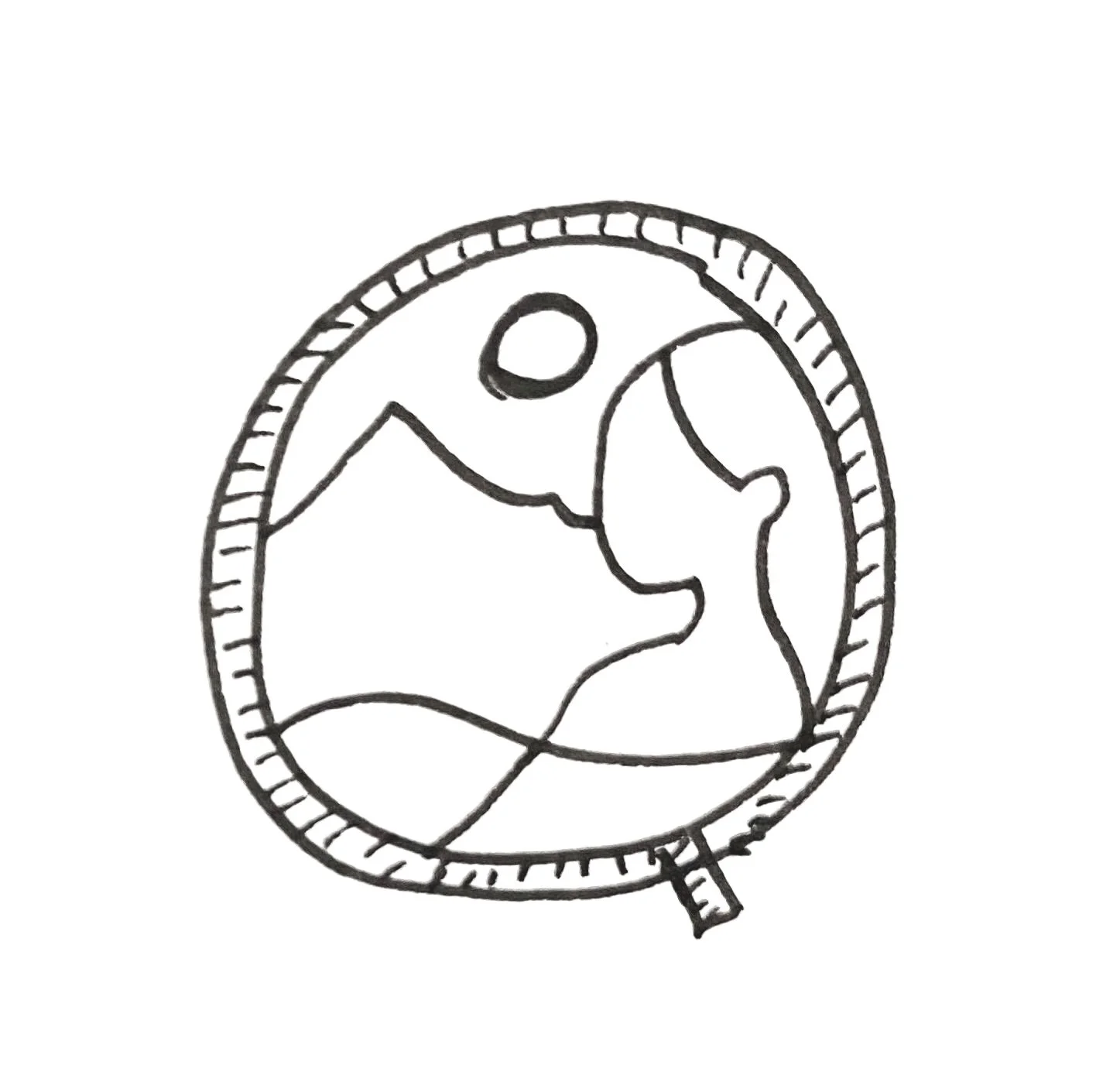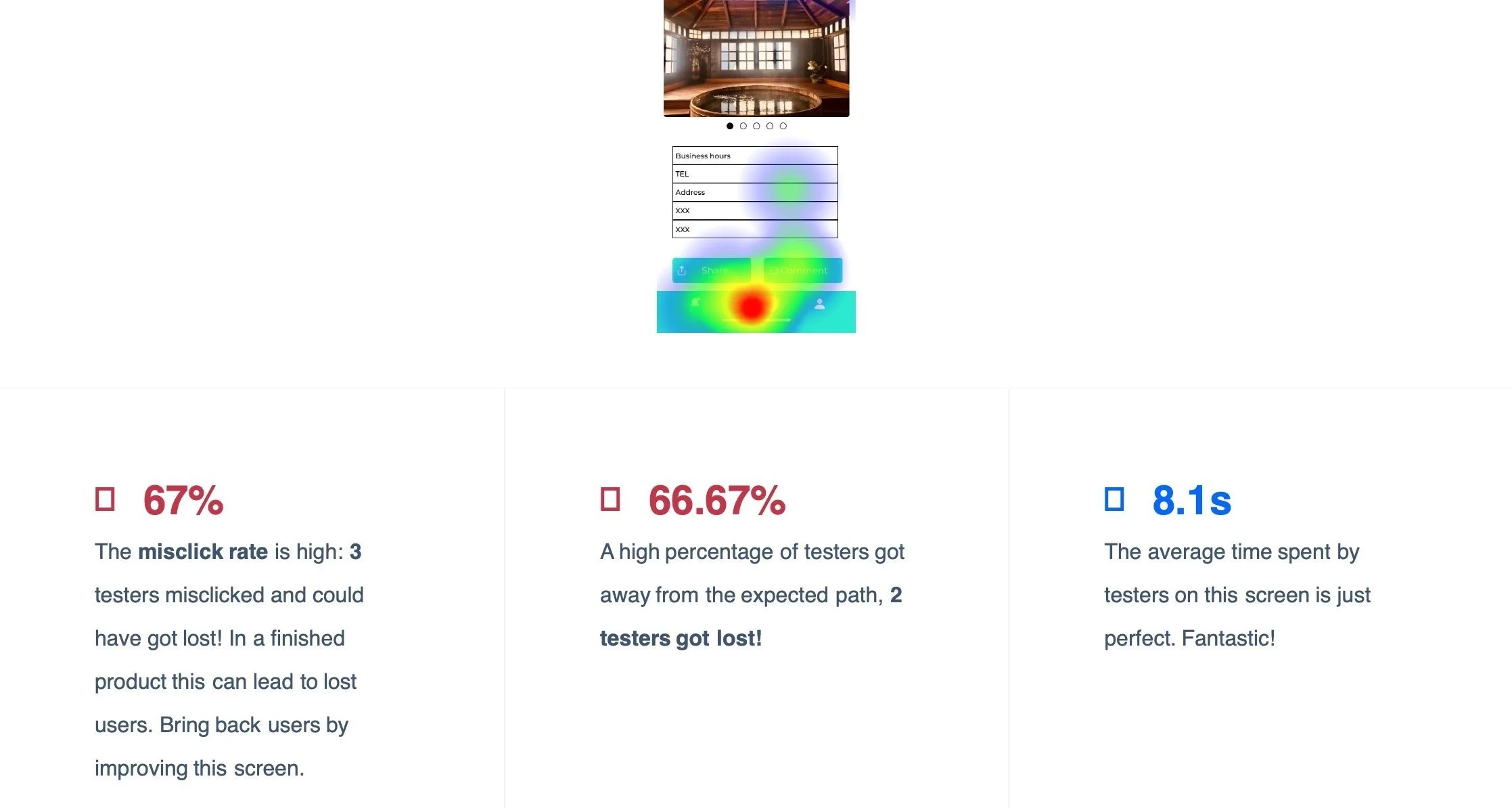izumi
Find the best hot spring with an app.
アプリであなたにとって最高な温泉を探しましょう。
Background
Japanese people love going to hot spring because it takes you from real world to relax world! People wants to be relaxed after work or trip by going there. In Japan, people often go to hot springs with their family or friends, and that place is taking an important role for better communication and it is deeply rooted in Japanese culture. Since Japanese hot spring culture has such a uniquenesses, going to hot spring for special experience is getting more popular among tourists.
日本人は勤務後や旅行の際に、リラックスできる環境を求めて温泉へ行きます。特に、友人や家族と温泉に行き一緒にリラックスしてコミュニケーションをとることは、日本の温泉文化に深く根付いています。そのような日本の特別な温泉文化に外国からの旅行者も大変興味を持っています。
Problem
When people try to find a new hot spring in Japan, they face a difficulty to find the right information to fulfill their needs.
Since Japanese people are very familiar with hot spring, they have various preferences such as water quality. However, there is not good search tool to narrow down preferences or compare the information, it is also frustrating to spare much time for that. In addition, tourists might not be able to find the right information since most of information is provided in Japanese especially for old hot springs.
新しい温泉を見つける時の課題として、人々の好みを満たす温泉を簡単に見つけることが難しいことが挙げられます。
日本人にとって温泉へ行くことは文化の一部であり、温泉の泉質等の様々な好みを持っています。しかし、そのような好みを絞り込んだり、集めた情報を簡単に比較できるようなツールがないため、必要な情報を見つけることに手間取ることがあるかもしれません。また、古い温泉等は情報が日本語のみで提供されている場合が多く、外国からの旅行者は情報を見つけることに苦労してしまいます。
Project Overview
In General Assembly’s UX design course, it took 8 weeks from discovering & defining key insights then design & deliver to a final product.
General AssemblyのUXデザインコースを通して、8週間でユーザーインタビューによるインサイト収集から最終的なプロダクトのデザインを実施しました。
UX Research
Competitor Analysis + User Interview
Competitor Research
Figured out the market situation with competitors and found that there are not many direct competitors. However, since indirect competitors have strong presences in the market, izumi needs to differentiate key features from them.
リサーチではユーザーインタビューを実施する前に競合調査を実施し市場環境を把握した結果、直接的な競合は少ないことが明らかになりました。
しかし、使用用途などは直接的に競合しない一方で、温泉を探す際に頻繁に使用されるアプリは複数存在するため、搭載機能をどのように既存アプリと差別化するか注意する必要がありました。
UX Research Plan & Interview Guide
Created a UX research plan including target audience and research method, key questions. Conducted a user interview based on an interview guide for 8 people including both Japanese and non-Japanese, age 20-55. To differentiate from competitors, asked questions about what kind of features are useful for users.
UXリサーチプランを設計し、ターゲット層や重要な質問事項を設計しました。リサーチプランをもとに20歳から55歳までの8人の日本人、日本人以外の方々にZoomインタビューを実施しました。競合との差別化のため、搭載機能に関して有意義な回答が得られるように質問を工夫しました。
Affinity Map & Persona
Based on the user interview, categorized insights on an affinity map to identify users needs, frustrations, and opportunities. From the key insights mapped, created 3 personas as users of the product. In UX design part, figured out more concrete user flow and features by considering personas.
ユーザーインタビューの結果に基づいて、アフィニティマップを作成しユーザーのニーズや不満等の情報を分類しました。それらのインサイトから3つのペルソナを作成し、UXデザインの際により具体的なユーザーフローや機能を検討していきました。



Problem Statement & Solution Statement
Identified problem statements for each persona to make a problem more clear and get it into solution.
デザインのソリューションに落とし込むため、それぞれのペルソナに対する課題を明確化しました。
How Might We…
“Allow hot spring visitors to quickly search for a new hot spring based on their needs”
それぞれの課題を解決するためには、”温泉に行く人々が彼らのニーズに基づいて簡単に情報を探せる”ソリューションがあると良いと考えデザインパートに移りました。
UX Design
Concept Sketch + Wireframe + Usability Test + Prototype
Concept Sketch
To start my concept sketch, I broke down How Might We statement(solution idea) into more concrete 3 statements.
最初のコンセプトスケッチを始めるために、課題に対するソリューションをより具体的な3つのアイデアに分解しました。
User Flow & Feature Prioritization
To structure an app’s screens and features, user flow helped to figure out a “happy path“ to find a new hot spring. Since project time was limited in 8 weeks, prioritized some features for designing based on a matrix of impact and expense.
温泉を探す際のユーザーフローを考えることで、アプリの画面の構造や流れ、機能をより具体的に検討しました。今回のプロジェクトは8週間という限られた期間のため、デザインする機能の優先順位をインパクトとコストという2つの軸で決めました。
Wireframe
Logo Design
Started with a rough sketch of woman in a hot spring after brainstormed some logo ideas. Updated the sketch by using golden ratio and circles to identify more simple and smooth shape.
“izumi” means “spring” in Japanese but it is also used as female name. So used a motif of woman and describe “Japan” with sun and mountain behind the woman.
いくつかのロゴデザインをブレインストーミングした後、温泉に入っている女性の姿をモチーフにラフスケッチをし、黄金比や円形を用いながらよりシンプルで滑らかなロゴをデザインしました。”いずみ”は温泉を構成する漢字の一部である”泉”という意味の他に女性の名前としても使用されることから女性のモチーフと、日本を想起させるような山と太陽を背景に添えました。
04 Final logo
03 Find more simple and smooth lines with circles
02 Identify layout with golden ratio
01 First sketch
Style Guide
Chose orange color to express warm and relax. By considering contrast ratio, also used dark blue as primary color as well.
Used gradient color of orange and blue to show gradually getting warmed by going to hot spring.
オレンジをメインカラーに選び、リラックスと温かさを表現しました。また、色のコントラスト比率も考慮し、オレンジの対比になるような濃い青もメインの色に設定しました。また、濃い青とオレンジのグラデーションを用いることで温泉に行って徐々に温まる様子を表しました。




















